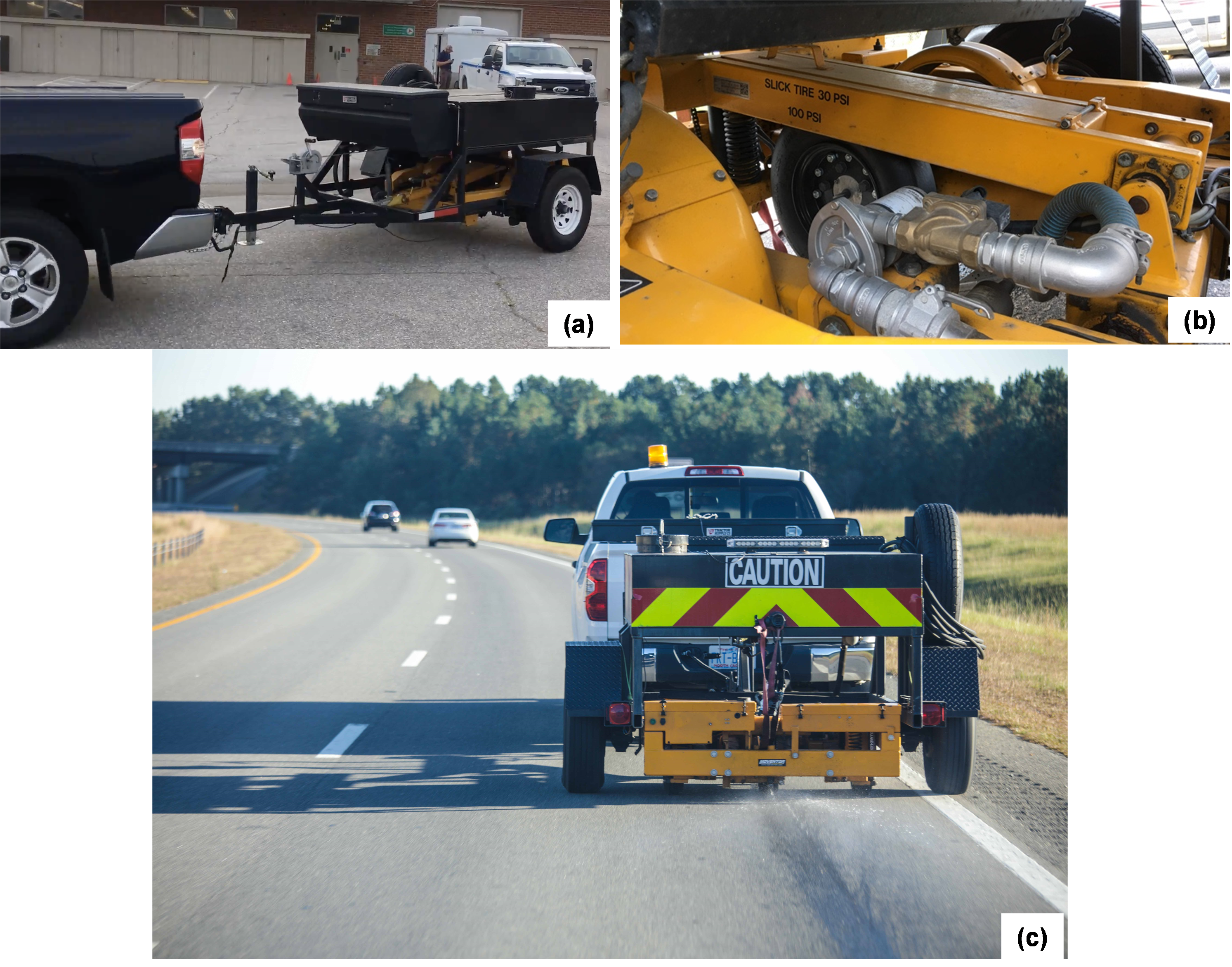A trend of observed increases in both the number and rate of total and wet crashes after resurfacing projects has become a safety concern for the NCDOT. Wet collision rates may increase due to a reduction in skid resistance under wet conditions. The precise amount of loss is dependent on many factors, but the consensus among experts is that pavement friction and macrotexture are two important factors that affect the skid resistance and the ways that this resistance changes in wet weather.
Although the NCDOT actively addresses skid resistance issues as they are identified, a recent study involving a small subset of North Carolina roadways concluded that NCDOT needed to consider characterization of both friction and macrotexture as part of its pavement friction measurement and management plan. While the current studies have successfully identified the potential for issues in recently overlaid projects, they did not identify whether these effects are temporary, and if so, how long they may last.

(a) Moventor skiddometer BV-11 test trailer, (b) close-up photo of the test tire,
(c) tire alignment during a measurement
With respect to this need, this research study has set out to achieve three objectives; 1) identify whether the observations from the initial study are systemic and quantify the initial findings on a larger basis, 2) determine how long potential impacts may last after the overlay is applied and what, if any, asphalt mixture characteristics contribute to the effect and longevity, and 3) develop a strategy for how to best monitor and manage the friction and surface characteristics of NCDOT pavements.
In this research, 26 sites have been selected to measure friction and texture of new overlays; in a subset of these sites, a set of field cores were extracted. It was found there is a potential to use field cores to monitor the initial field friction and texture. It was found that the binder content (Pb) and the aggregate fraction smaller than 0.075 mm (P200) are mixture compositional factors that affect the initial friction and texture of overlays. There is evidence that friction increases after construction, and this increment can be as high as 50% of the initial value, the data in this study suggest it takes on average 4.0 million traffic repetitions for this increment to occur.
